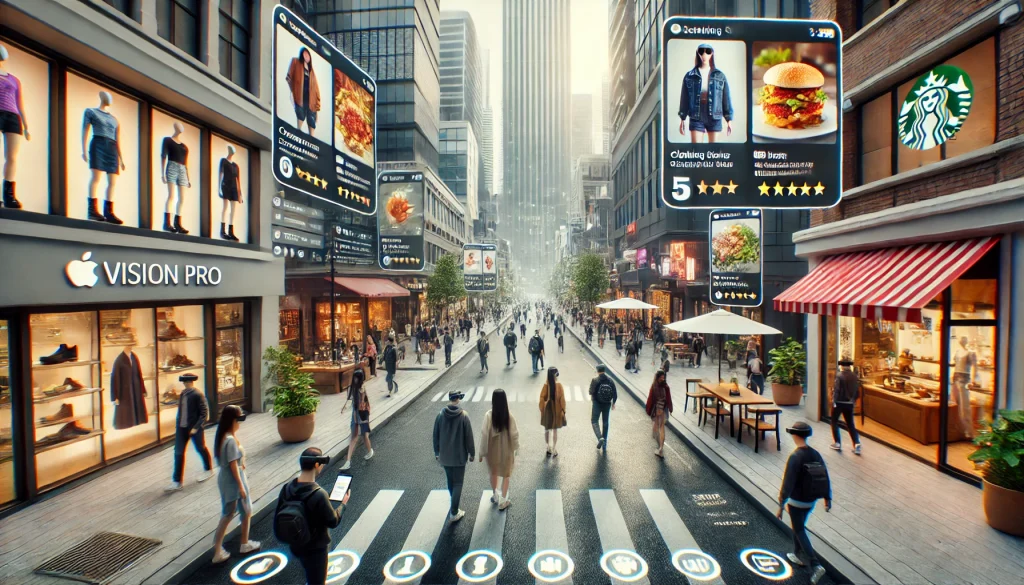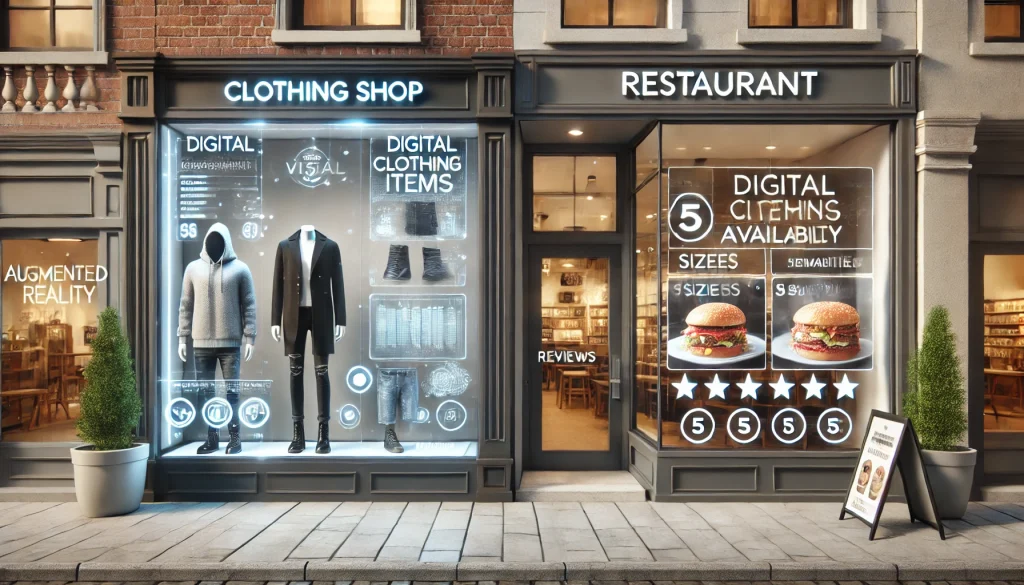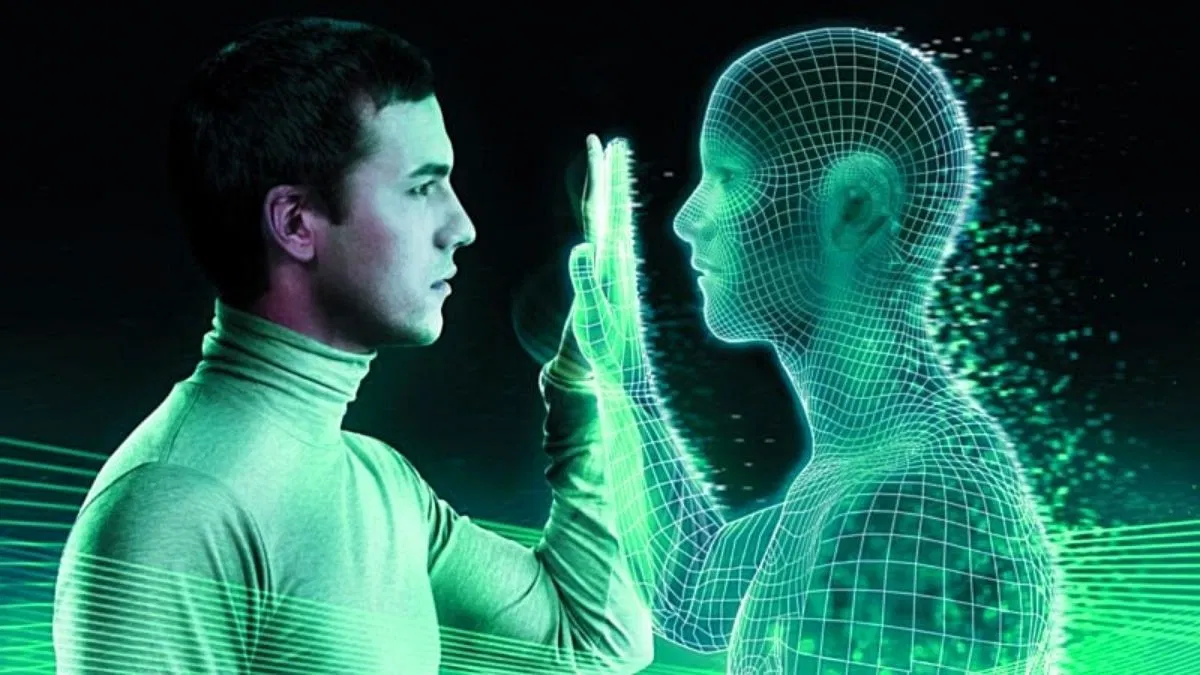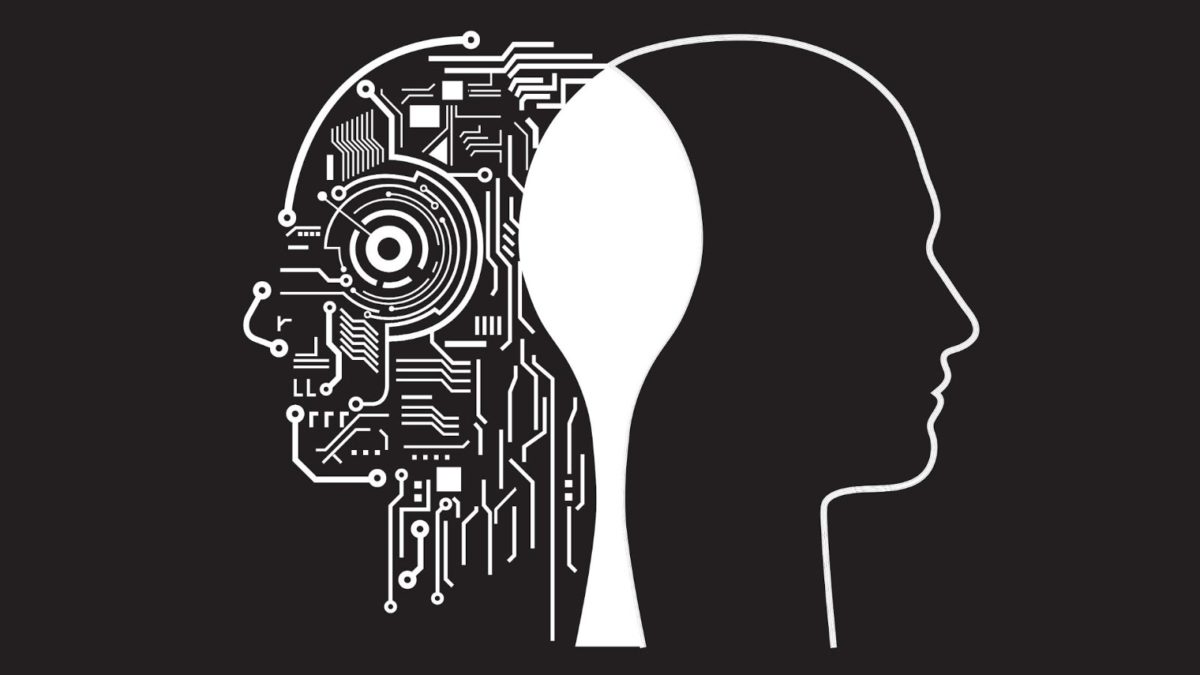No ratings yet.

(Medium.com ©) Time to read: 4 min
As Adam McCulloch describes in his article “Automation and AI: how it will actually affect the workplace”, there are very split opinions about whether automation or Artificial Intelligence in a broader sense will either create or destroy job opportunities.
The latter, more antagonistic side of the argument claims that the use of AI for automating job routines is going to entirely replace the need for human employees. In contrast, the counter-argument to this posits the idea of job opportunities and the shift from routine labour to more meaningful jobs that cannot be replaced by machines at all.
Personally, I believe that we will see both sides materialize to some extent as we continue to develop technologies and machines with the aim of mimicking both, physical and mental human activities. At the risk of stating the obvious, one reason for which I believe that AI and process automation will create, rather than destroy, job opportunities in the near future is that there are more forces fuelling the demand for automation than opposing it.
Industry and government bodies are realizing the gain in productivity that can be achieved by automating routinized tasks and are therefore unlocking large amounts of money to be dedicated to the development of automation technologies. This will most certainly create job opportunities as the supply of engineers and managers with experience in this field is currently drastically behind the demand for such technologies and business models.
Forces opposing the development of automation technologies nevertheless do exist, urging for the development of policies and regulations that shall act to safeguard the human workforce. A good example of one player seeking to oppose automation are labour unions, who act on the fear that humans and machines will compete against each other rather than work together in a symbiotic relationship.
Blue-collar automation requires state-of-the art technology which at this point in time, remains expensive for companies to implement. For this sole reason, I believe that the fear of destruction of blue-collar positions due to automation is not yet justifiable on a global scale, as many countries lack the economic resources and/or incentives to adopt the required technology. Even more developed countries are heavily reliant on a cheap human workforce and keep outsourcing blue-collar work to less developed countries rather than acquiring robots.
White-collar automation or robotic process automation (RPA) refers to the automation of some routine desk-job tasks that are highly standardized within the set of a white-collar worker’s various responsibilities. It is perhaps more easy and less costly to implement than blue-collar automation, as it does not require the development and implementation of physical mechanical robots (e.g.: anyone who has a basic grasp of programming can write programs that automate their excel tasks for example). In this scenario I believe that automation will free up white collar workers’ time and energy to be spent on different, more thought-intensive tasks.
I believe that much of the economic and sociological research of the first and second industrial revolutions do equally apply to what is now often referred to as the third and fourth industrial revolution. John Maynard Keynes for example already thought that the impact of the first industrial revolution on society would be that of a drastically shortened work-week in the long-run. Today we can observe that this theory has in fact not (yet?) materialized.
To conclude, and again at the risk of stating the obvious, it is us humans who are at the source of automation and we seem to be in a period of technological breakthroughs (AI, blockchain, quantum computing, IoT, etc…) which will impact many more people than are currently developing it, and hence deeply understanding it. As more people realize they will be impacted by such technological breakthroughs, a bandwagon effect of decision making involving a highly diverse set of stakeholders will develop to steer the direction of this new industrial revolution. Yes, I believe that the potential for replacing our jobs in the very long-term exists, however, whether that will happen depends on how we and our decision-makers want to spend our time.
What do you think?
References
Bessen, J. and Kossuth, J. (2019). Research: Automation Affects High-Skill Workers More Often, but Low-Skill Workers More Deeply. [online] Harvard Business Review. Available at: https://hbr.org/2019/02/research-automation-affects-high-skill-workers-more-often-but-low-skill-workers-more-deeply [Accessed 10 Sep. 2019].
Book, A. (2018). Should I Panic About Automation Now Or Later?. [online] Hackernoon.com. Available at: https://hackernoon.com/should-i-panic-about-automation-now-or-later-82a4323f1dc7 [Accessed 10 Sep. 2019].
Chui, M., Lund, S. and Gumbel, P. (2019). How will automation affect jobs, skills, and wages?. [online] McKinsey & Company. Available at: https://www.mckinsey.com/featured-insights/future-of-work/how-will-automation-affect-jobs-skills-and-wages [Accessed 10 Sep. 2019].
McCulloch, A. (2019). Automation and AI: how it will actually affect the workplace – Personnel Today. [online] Personnel Today. Available at: https://www.personneltoday.com/hr/analysis-ai-automation-impact-on-jobs-hr-employment/ [Accessed 10 Sep. 2019].
Sivertsen, R. (2018). The Fourth Industrial Revolution – Where Are You Going With This? – Ross Sivertsen – Systems Sherpa. [online] Ross Sivertsen – Systems Sherpa. Available at: https://ross-sivertsen.com/the-fourth-industrial-revolution-where-are-you-going-with-this/ [Accessed 10 Sep. 2019].















